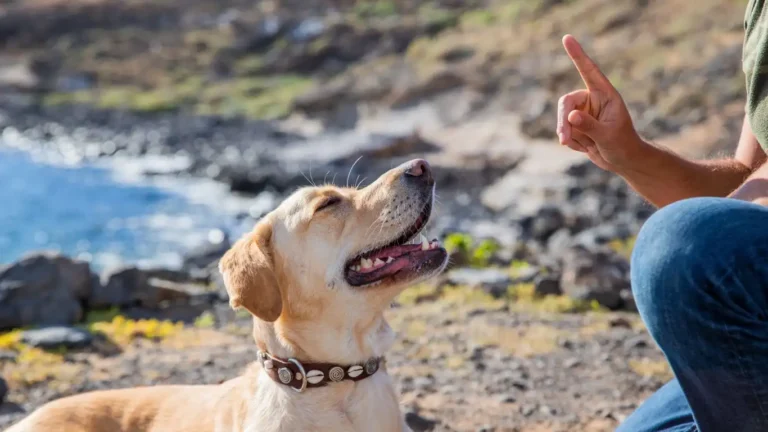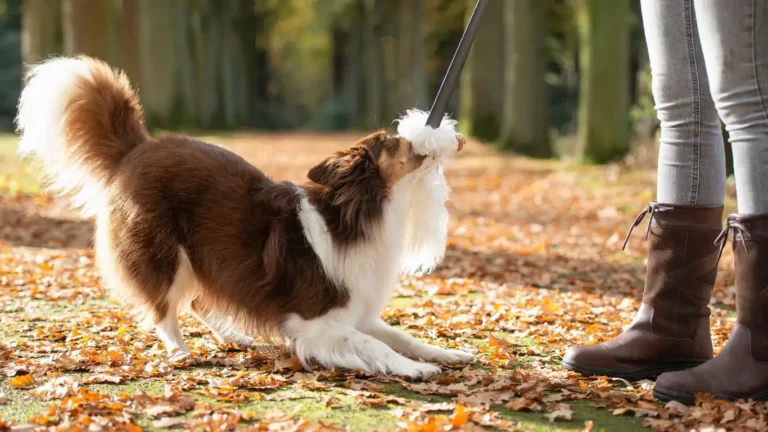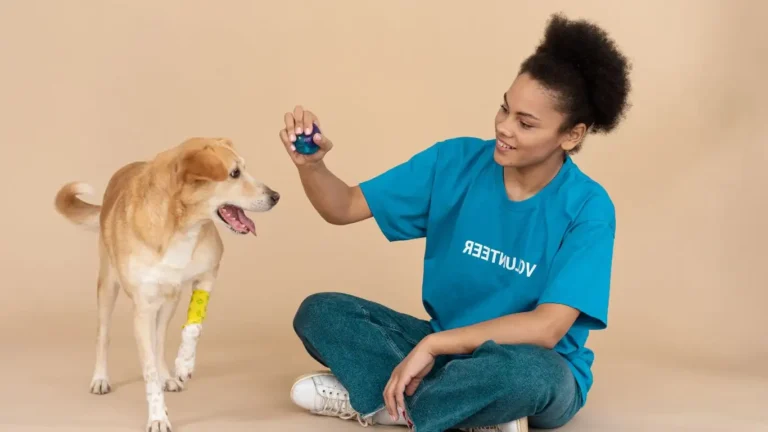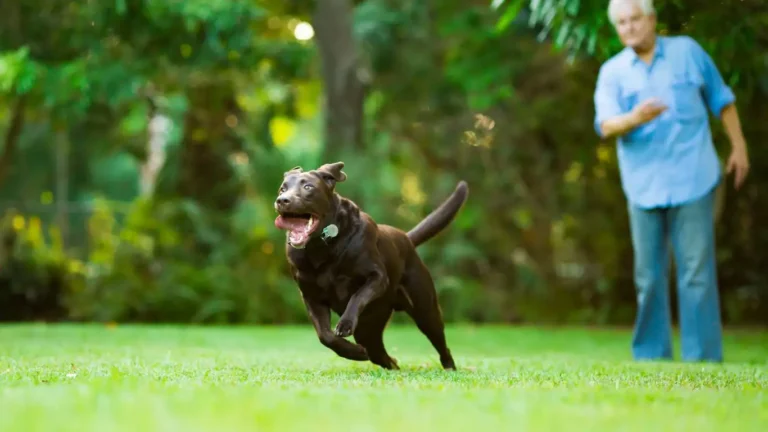Effective Dog Training Tips That Actually Work for Every Breed
Effective dog training is a journey that requires patience, understanding, and the right techniques. As a Canine-Assisted Therapy Trainer, I’ve had the privilege of working with both dogs and their owners to build meaningful, lasting relationships through training. Whether you’re training a new puppy or working on improving the behavior of an adult dog, the principles of effective dog training remain largely the same. In this article, I’ll share some of the most important tips I’ve learned throughout my career, focusing on what truly works to help you achieve a well-behaved, happy dog.
Understanding Your Dog’s Behavior
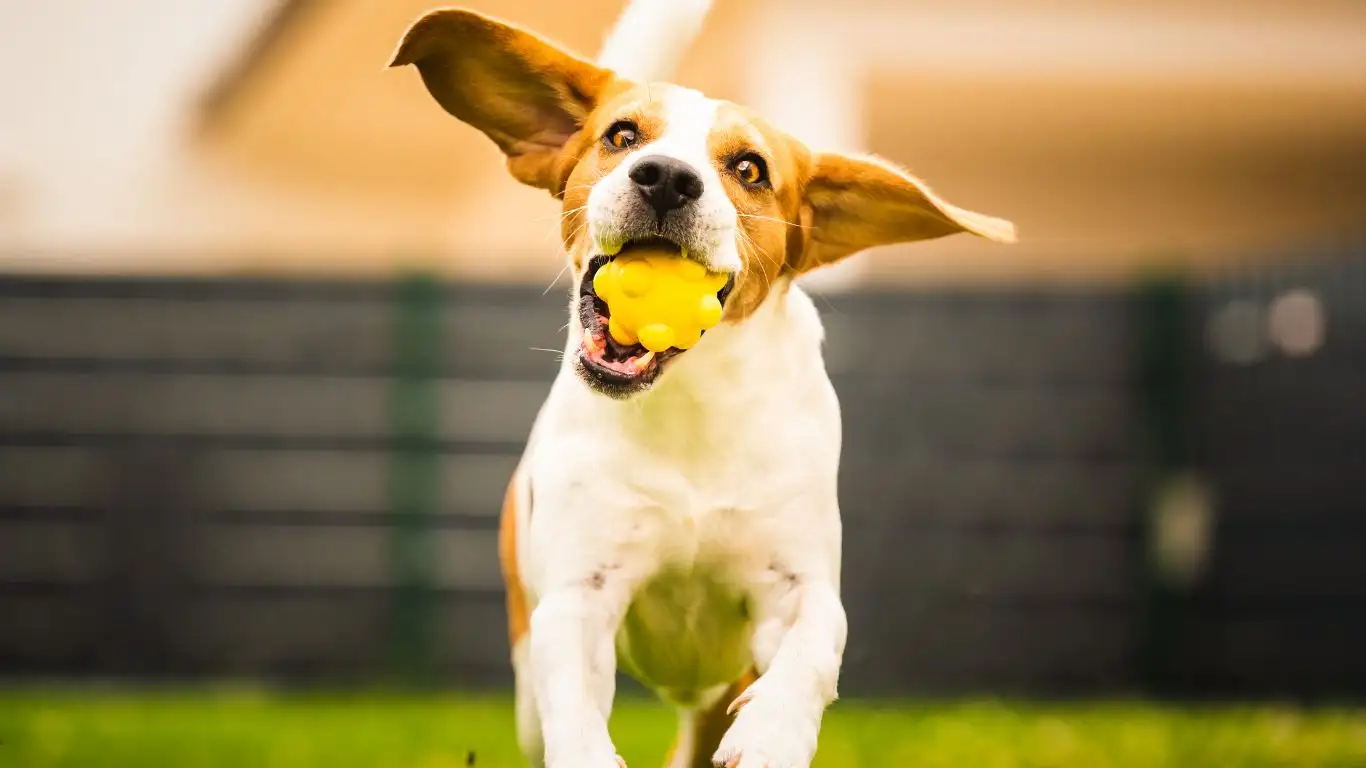
The first step to effective dog training is understanding your dog’s behavior. Dogs communicate through body language, vocalizations, and even scent. By learning to interpret these signals, you’ll be able to address behaviors more effectively. Many owners overlook this, assuming that a dog’s actions are merely random. However, every behavior is a form of communication—whether it’s barking, chewing, or jumping up. As a Canine-Assisted Therapy Trainer, I’ve seen firsthand how understanding these signals can drastically improve the relationship between a dog and its owner.
Take barking, for instance. While it can be annoying, it’s essential to understand why your dog is barking in the first place. Are they trying to alert you to something? Are they anxious or seeking attention? Understanding the root cause of the barking is critical for addressing it correctly. In therapy training, this is especially important since we often work with dogs in high-stress environments, and their behavior can be a reflection of their emotions and stress levels.
Start with Basic Commands
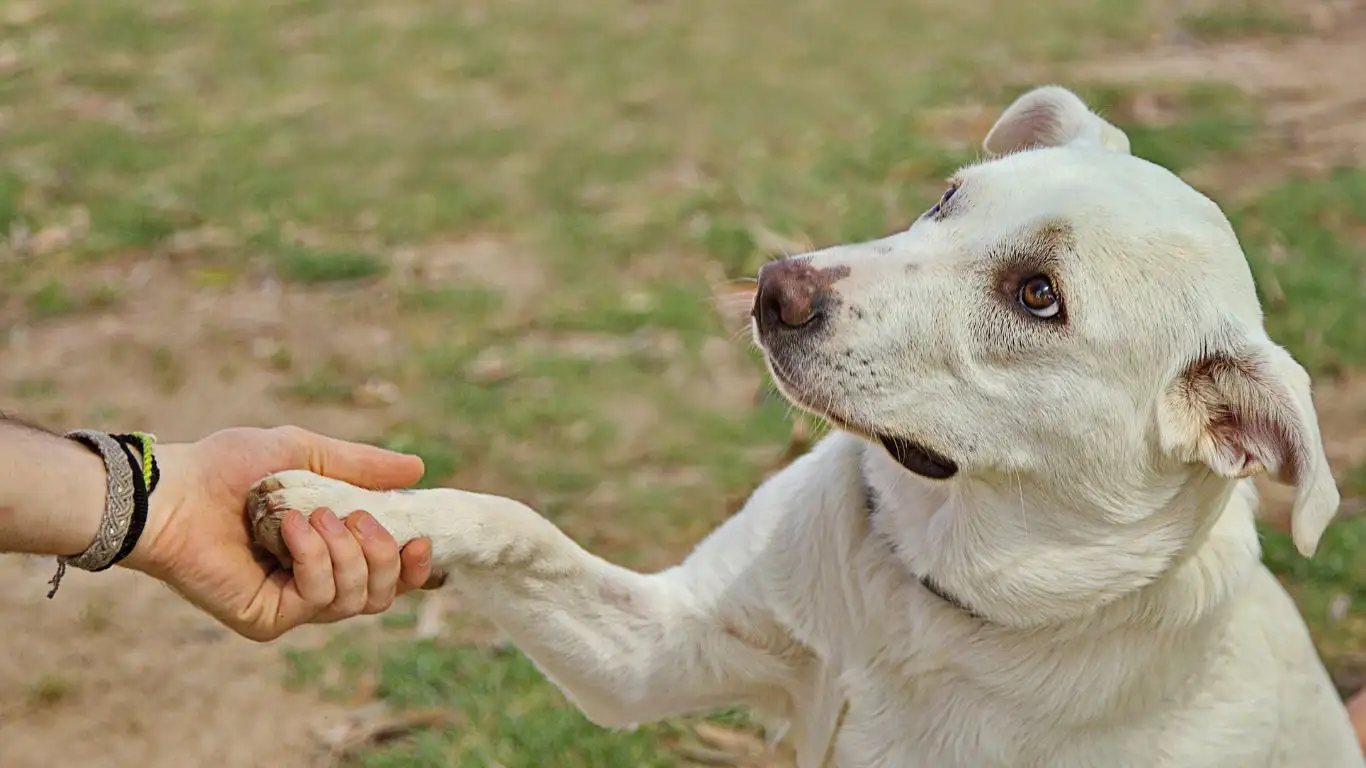
When beginning any training regimen, starting with the basics is always the way to go. Teaching your dog fundamental commands such as “sit,” “stay,” “come,” and “down” provides the foundation for more advanced training. These commands also help establish a clear line of communication between you and your dog, which is essential for effective training.
My experience as a trainer has shown me that consistency is key when teaching these commands. It might seem simple, but dogs thrive on repetition. When I work with dogs, I often emphasize the importance of being consistent in both verbal commands and actions. If you say “sit” and then give your dog a treat when they don’t sit, it creates confusion. They won’t know what the command really means, and it can set back the training process.
- Be clear and concise: Use simple, short commands that are easy for your dog to understand.
- Consistency is crucial: Always use the same words and tone for each command.
- Positive reinforcement: Reward good behavior immediately to help your dog understand what they did right.
Effective Dog Training Tips for Addressing Behavioral Issues
Now, let’s dive deeper into some of the more specific issues that dog owners often face. From chewing to barking to leash pulling, these are common behavioral problems that many dogs encounter. The good news is, with the right approach, these behaviors can be corrected.
Addressing Excessive Barking

Excessive barking is one of the most common complaints from dog owners. It can become a real nuisance, especially when it occurs at inappropriate times, such as when you’re on the phone or at night. So, how do you deal with this? One effective approach is to first identify the cause of the barking.
If your dog barks at the doorbell or the mailman, this could be an indication that they’re trying to protect their territory. A common mistake owners make is to yell at their dogs when they bark. However, this can make the problem worse because the dog may perceive the yelling as part of the bark, which could reinforce the behavior.
Instead, I always recommend a two-pronged approach: redirect and reward. When your dog barks, redirect their attention to a different behavior—perhaps you can get them to sit or lie down—and reward them when they comply. This teaches them that being quiet and calm is more rewarding than barking.
- Identify the cause: Understand why your dog is barking. Is it due to fear, excitement, or attention-seeking?
- Redirect behavior: Instead of yelling, encourage a calm response to the stimulus.
- Use positive reinforcement: Reward your dog for staying quiet, whether it’s with treats, praise, or playtime.
Leash Pulling and Walk Etiquette
Another challenge many dog owners face is leash pulling. It can turn a simple walk into a tug-of-war, making it uncomfortable for both you and your dog. As a Canine-Assisted Therapy Trainer, I’ve worked with numerous dogs who have difficulty walking politely on a leash. The good news is, this is a fixable problem.
The first step in solving leash pulling is to stop moving when your dog pulls. Stand still and wait for them to return to you before continuing the walk. This may take some time, but it helps your dog understand that pulling doesn’t get them anywhere. Once they return to your side, reward them with praise or treats. The goal is to associate walking nicely on the leash with positive outcomes.
Another effective technique is to use the “turn and go” method. If your dog pulls ahead, simply turn around and walk in the opposite direction. This helps reinforce the idea that they need to pay attention to your lead. Over time, your dog will learn that pulling doesn’t result in the walk they want, but walking calmly by your side does.
Patience and Persistence in Dog Training
Effective dog training doesn’t happen overnight. It’s a process that requires patience, consistency, and a lot of repetition. From my experience, one of the biggest challenges pet owners face is giving up too soon. It’s easy to become frustrated when progress seems slow, but remember, every dog learns at their own pace. Some dogs take longer to pick up on certain commands or behaviors, and that’s perfectly okay.
In my work, I often remind owners to focus on small successes rather than expecting perfection right away. It’s important to celebrate the progress your dog makes, even if it’s just a small step. With enough time and effort, you’ll start to see big changes. Keep your sessions short and engaging to keep your dog motivated and focused. And remember, the relationship you’re building with your dog through training is just as important as the skills they are learning.
Building Trust and Strengthening the Bond
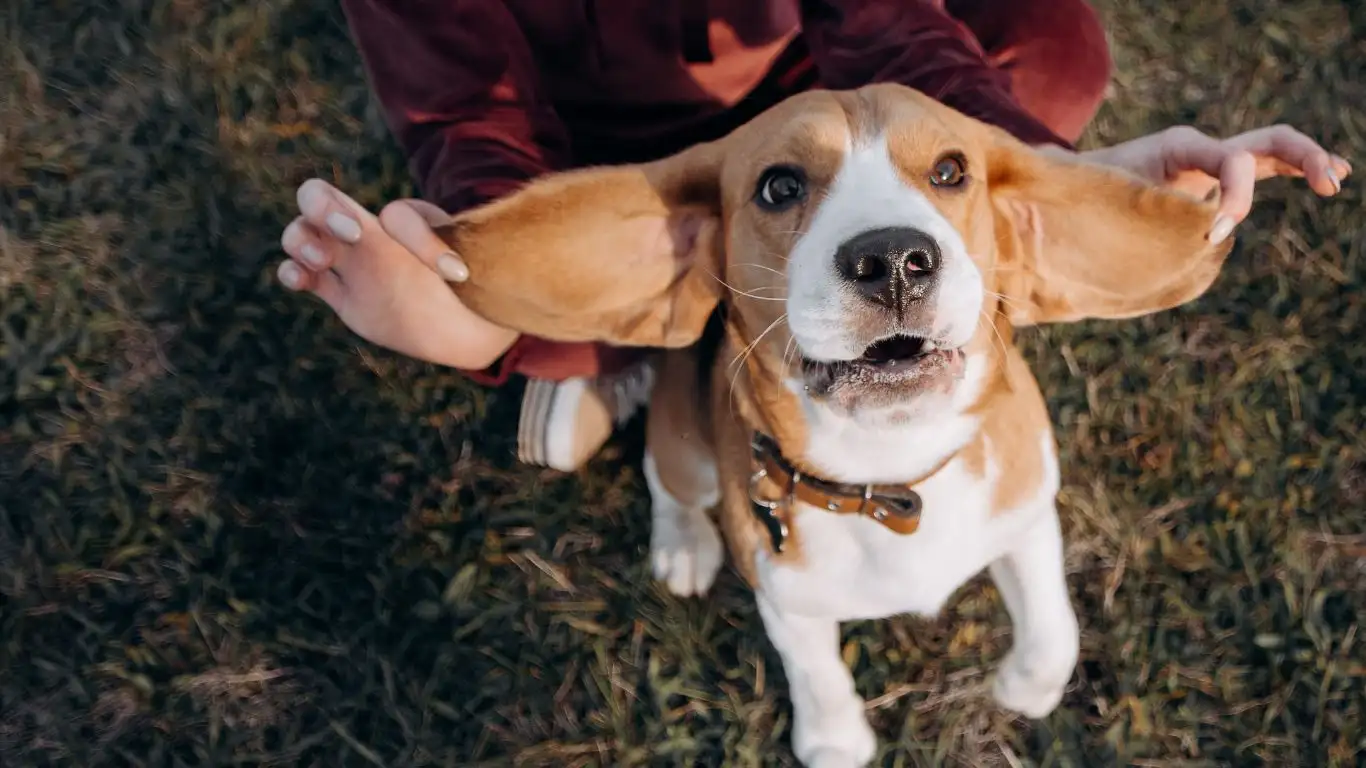
Effective dog training isn’t just about teaching your dog to sit or stay. It’s about building trust and strengthening the bond between you and your pet. Trust is the foundation of any successful relationship, whether it’s with humans or dogs. When dogs trust their owners, they are more likely to listen, follow commands, and exhibit positive behavior. Trust isn’t built overnight; it’s a gradual process that requires patience, consistency, and positive interactions.
As a Canine-Assisted Therapy Trainer, I’ve seen how vital trust is in the training process. In therapy, we often work with dogs that have experienced trauma or stress, so rebuilding trust becomes an essential part of their recovery. Even for dogs that haven’t had these kinds of experiences, building trust can make a huge difference in how they respond to training.
One of the best ways to build trust with your dog is through positive reinforcement. Praise, treats, and affection go a long way in showing your dog that they’re doing the right thing. This positive feedback loop helps create a sense of security for your dog, which will make them more receptive to training. If you’re consistent with rewards and always reinforce good behavior, your dog will begin to trust you more and more.
Positive Reinforcement vs. Punishment
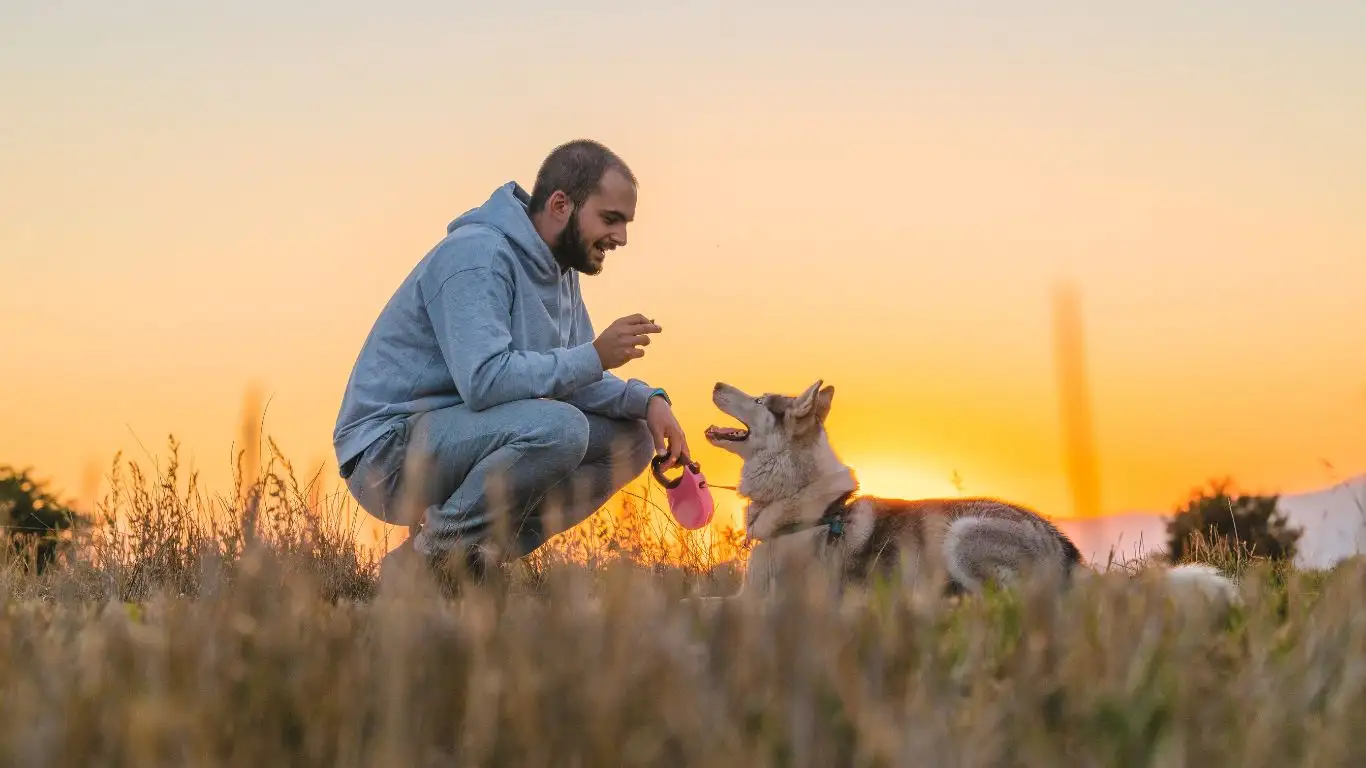
While building trust, one critical principle to keep in mind is using positive reinforcement instead of punishment. I’ve worked with countless dogs over the years, and it’s clear that positive reinforcement is the most effective way to teach and shape behavior. Some pet owners mistakenly believe that punishment is necessary to correct bad behavior, but this can actually damage the relationship between you and your dog.
When you use punishment, your dog may become fearful or anxious, which can lead to other behavioral problems. For example, a dog that’s punished for barking may stop barking, but they might also become more anxious or start displaying aggressive behavior. Positive reinforcement, on the other hand, focuses on rewarding desirable behavior, making it more likely to be repeated. This creates an environment where your dog feels safe and motivated to learn.
Here are some quick tips on how to use positive reinforcement effectively:
- Timing is key: Reward your dog immediately after they perform the desired behavior. This helps them connect the behavior with the reward.
- Use high-value rewards: Treats, toys, or praise work wonders, but make sure they’re things your dog truly enjoys.
- Stay consistent: Consistency is essential to help your dog understand what behaviors are being reinforced.
Training for Specific Needs and Behaviors
Not all dog training is the same, and some dogs have unique needs that require a tailored approach. Whether your dog has separation anxiety, resource guarding, or is just high-energy, specific training techniques can help address these issues effectively. In my experience, understanding your dog’s individual needs and adjusting your training methods accordingly is one of the most important aspects of dog training.
Dealing with Separation Anxiety
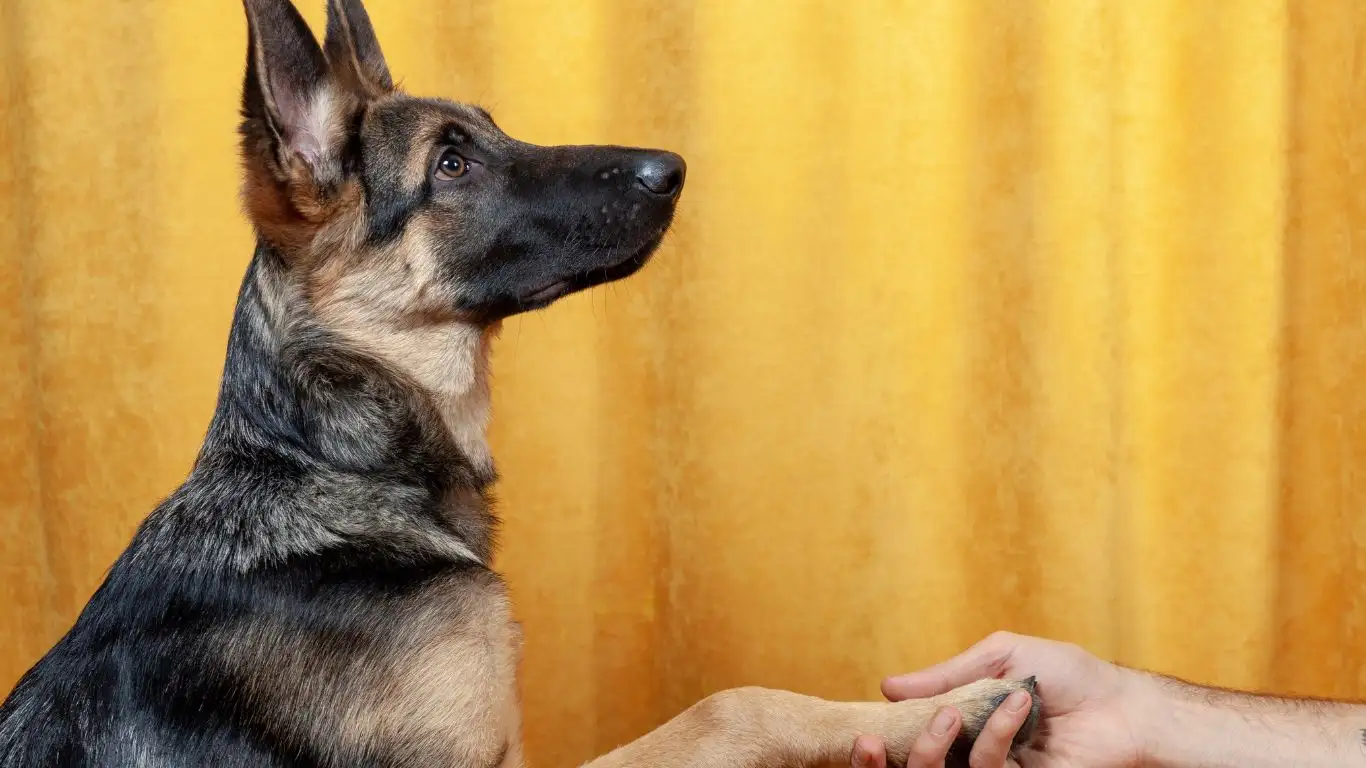
Separation anxiety is a common issue that many dog owners face, and it can be particularly challenging to address. Dogs with separation anxiety experience extreme distress when left alone, which often leads to destructive behavior, excessive barking, or even self-harm. As a trainer, I’ve worked with many dogs suffering from this, and the key to overcoming separation anxiety is to help your dog feel more secure when you’re not around.
One effective technique I use is gradually desensitizing the dog to being left alone. This involves starting with short separations and gradually increasing the duration. During this process, it’s important to remain calm and not give your dog too much attention before you leave or immediately after you return. This helps reduce the emotional highs and lows associated with your departures and arrivals, allowing your dog to learn that being alone is not a threat.
Another strategy is creating a positive association with alone time. I recommend leaving your dog with a favorite toy or puzzle feeder, which can keep them occupied and distracted while you’re away. Over time, this helps your dog build confidence and reduces their anxiety.
Managing High-Energy Dogs
High-energy dogs, such as Border Collies, Australian Shepherds, or any dog that loves to run and play, often need more mental and physical stimulation than other dogs. Without the right outlets for their energy, they can become bored, leading to unwanted behaviors like chewing, digging, or even aggression. As a Canine-Assisted Therapy Trainer, I’ve worked with several high-energy dogs, and I’ve learned that channeling their energy into productive activities is crucial for their well-being.
Regular exercise is a must for high-energy dogs. Long walks, runs, or play sessions are essential to burn off some of that excess energy. But physical exercise alone isn’t enough. These dogs also need mental stimulation, which can be provided through training sessions, interactive toys, and activities that require problem-solving. Puzzle toys, scent work, and obedience drills are great ways to keep their minds sharp and engaged.
As a tip, I recommend incorporating mental and physical challenges into your dog’s routine. For example, you can teach your dog a new trick, play hide-and-seek with their favorite toy, or set up an agility course in your backyard. These activities will help tire them out in a healthy way, preventing destructive behaviors and improving their overall behavior.
Socialization and Exposure
Socializing your dog with other animals and people is one of the most important aspects of training. A well-socialized dog is more confident, less fearful, and more comfortable in various environments. If your dog is fearful or anxious around other dogs, people, or certain situations, socialization should be a priority in your training routine.
Start socializing your dog at an early age if possible, but it’s never too late to begin. Controlled, positive experiences with new people, dogs, and environments can help your dog become more comfortable in unfamiliar situations. As with all training, it’s essential to go at your dog’s pace. Pushing them too quickly into situations that cause fear or anxiety can be counterproductive and may cause setbacks.
In my experience, gradual exposure is key. Start with calm, low-stress environments where your dog can interact with one person or one dog at a time. As they become more comfortable, gradually increase the complexity of the situations they’re exposed to. Remember, the goal is to build confidence, not overwhelm your dog.
Overcoming Common Dog Training Challenges

Training a dog isn’t always smooth sailing. There are often bumps in the road, and you might encounter a few roadblocks along the way. In fact, some behaviors can seem especially stubborn and tough to address. As a Canine-Assisted Therapy Trainer, I’ve seen all kinds of challenges, from dogs that just won’t listen to simple commands to those who are incredibly fearful or anxious. But the key to overcoming these challenges is persistence and patience. In this section, I’ll share some of the most common dog training challenges and how you can handle them effectively.
Dealing with Stubborn Dogs
Some dogs are just naturally more stubborn than others. It can be frustrating when your dog seems to ignore your commands or refuses to cooperate, but trust me, it’s not uncommon. The key is not to let frustration take over. Dogs, just like people, have different personalities, and some may need a little more time or encouragement to get things right.
One approach I’ve found to be incredibly effective is breaking down tasks into smaller, more manageable steps. Instead of expecting your dog to master a new trick in one go, try teaching it in stages. For instance, if you’re teaching your dog to “stay,” don’t expect them to stay for 10 minutes right away. Start with just a few seconds, gradually increasing the duration as they succeed. This gradual approach builds confidence and helps prevent both you and your dog from becoming discouraged.
Also, keep training sessions short and fun. Stubborn dogs can lose interest quickly, so it’s important to keep things lighthearted and engaging. Use lots of praise and rewards when your dog does something right, and always make sure the training environment is positive and stress-free. Remember, if the training is fun and rewarding, your dog will want to keep participating.
Addressing Fear-Based Behaviors
Fear is another common issue many dogs face. Dogs can develop fearful behaviors for a variety of reasons, including past trauma, lack of socialization, or simply being exposed to too many overwhelming situations. Fear can lead to behaviors like excessive barking, cowering, or even aggression. As a trainer, it’s always important to approach fearful dogs with sensitivity and patience.
The first step in addressing fear-based behaviors is to identify the triggers. Is your dog afraid of loud noises, other animals, or unfamiliar people? Once you know what’s causing the fear, you can work on desensitizing your dog to these triggers. Gradual exposure to the feared stimulus, paired with positive reinforcement, is the best approach. For example, if your dog is afraid of people, you might start by having strangers stand at a distance and reward your dog for calm behavior. Over time, as your dog becomes more comfortable, you can gradually decrease the distance until they are no longer fearful.
In my experience, it’s essential to take it slow. Pushing your dog too quickly into a situation that scares them can make things worse. Patience is the key to helping your dog overcome their fears in a way that builds their confidence.
Advanced Dog Training Techniques
Once your dog has mastered the basics, it’s time to move on to more advanced training techniques. These techniques are designed to further strengthen the bond between you and your dog, while also helping to refine their behavior. Advanced training can involve teaching complex tricks, improving obedience in distracting environments, or even helping your dog with specialized skills.
Teaching Complex Commands and Tricks

Teaching complex commands and tricks can be a fun and rewarding way to challenge your dog mentally. From rolling over to fetching specific items, the possibilities are endless. These advanced skills require consistency and patience, but with the right approach, most dogs can learn them.
One of the most important things to remember when teaching advanced tricks is to break down the skill into smaller components. For example, if you want to teach your dog to fetch a specific item, you’ll first need to train them to pick up an object, then bring it to you, and finally, learn the name of the object. By breaking down the task into manageable steps, you make it easier for your dog to succeed.
Always use lots of positive reinforcement when your dog gets the steps right. Whether it’s a treat, a toy, or lots of praise, make sure the reward is something your dog really enjoys. The more enjoyable the experience is, the more likely your dog will be to repeat the behavior.
Training in Distractions
One of the challenges many dog owners face is training their dog to listen in environments filled with distractions. Whether you’re at the park, on a busy street, or in a room full of people and other animals, dogs can find it difficult to focus when there’s so much going on around them. However, teaching your dog to maintain focus in distracting environments is possible with the right approach.
The key is gradual exposure. Start in a quiet, controlled environment where your dog can focus on you without distractions. Once they’ve mastered a command in this environment, gradually introduce more distractions. You might start by adding mild distractions, such as another person walking by, and work your way up to more intense distractions, like other dogs or loud noises. Be sure to reward your dog for maintaining focus, and always use positive reinforcement to encourage good behavior.
Training Resources and Support
It’s always helpful to have additional resources and support when you’re training your dog. There are plenty of books, online courses, and professional trainers that can offer guidance and help you stay on track with your dog’s training. If you’re ever unsure about a specific technique or need help troubleshooting a problem, don’t hesitate to seek professional advice.
Some of the most trusted resources in the dog training community include organizations like the American Kennel Club and PetMD, which offer expert advice on various training methods. Additionally, seeking out professional trainers who specialize in behavior issues or advanced techniques can be a great way to ensure your dog’s training is progressing in the right direction.
Disclaimer
While the information provided in this article is based on my years of experience as a Canine-Assisted Therapy Trainer, every dog is unique. What works for one dog may not work for another, and the process of training your dog may require flexibility and adjustments based on their specific needs. Always consult a professional dog trainer if you encounter serious behavioral issues or if you’re unsure about any aspect of training.

